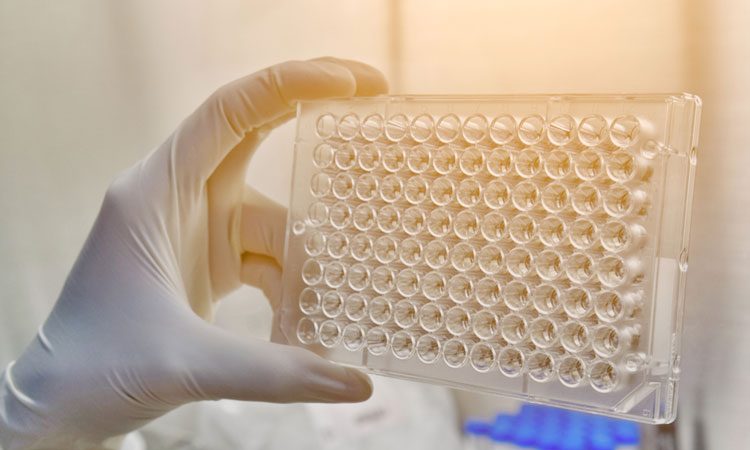Device offers inexpensive and quick screening of diseases
Posted: 21 September 2018 | Iqra Farooq (European Pharmaceutical Review) | No comments yet
A multidisciplinary research team have developed a portable device to accurately and quickly screen people for diseases…


Researchers at the National University of Singapore (NUS) has developed an ‘easy-to-use’ device to accurately screen for disease.
The team used the human papillomavirus (HPV) as part of their clinical model to validate the performance of the device.
The technology has been named enVision (enzyme-assisted nanocomplexes for visual identification of nucleic acids), and is able to detect a wide range of diseases. It takes around 30 minutes to one hour for the device to detect a disease – which is around 2-4 times faster than current diagnostic methods.
Along with being quicker to identify disease, the kit is cheaper than the cost of conducting tests necessary to diagnose patients. With the device, emerging infections such as Zika and Ebola, high-prevalence infections, such as dengue, hepatitis and malaria, and cancer and genetic conditions can be detected.
“The enVision platform is extremely sensitive, accurate, fast, and low-cost. It works at room temperature and does not require heaters or special pumps, making it very portable,” said lead researcher, Assistant Professor Shao Huilin from the Biomedical Institute for Global Health Research and Technology (BIGHEART) and the Department of Biomedical Engineering at NUS.
“With this invention, tests can be done at the point-of-care, for instance in community clinics or hospital wards, so that disease monitoring or treatment can be administered in a timely manner to achieve better health outcomes.”
The researchers mention that in comparison to the current clinical gold standard, this novel technology has demonstrated superior sensitivity and specificity.
Prof Huilin added, “enVision is not only able to accurately detect different subtypes of the same disease, it is also able to spot differences within a specific subtype of a given disease to identify previously undetectable infections.”
Test results are also easily visible with the assay turning brown from colourless with the presence of a disease. Results can also be further analysed easily with the help of a smartphone app, to quantify the amount of pathogen present.
“Minimal training is needed to administer the test and interpret the results, so more patients can have access to effective, lab-quality diagnostics that will substantially improve the quality of care and treatment,” mentioned Prof Huilin.
In the future, Prof Huilin and the team look to develop a sample preparation molecule for the extraction and treatment of DNA material to enhance the point-of-care application, along with advancing the analysis algorithms in the smartphone app.
Related topics
Analytical techniques, Assays, Cell-Based Assays for Screening, Clinical Development, Personalised medicine, Research & Development (R&D)
Related organisations
Biomedical Institute for Global Health Research and Technology, Department of Biomedical Engineering at NUS, National University of Singapore









